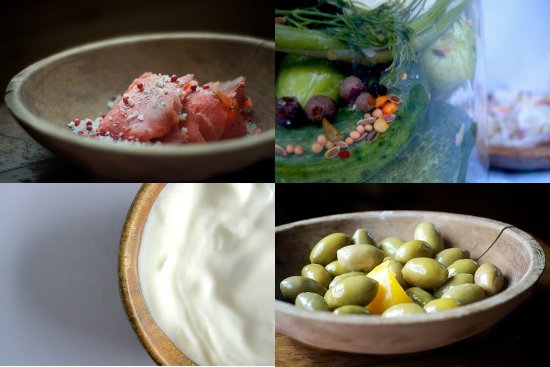
What do you think of when you hear the phrase “get cultured?” For most, it falls between developing an appreciation for the history, philosophy, and art of Western Civilization and the act of learning how to appreciate fine dining, wines, and the opera. Me? I think of food. Real Food teeming with living bacteria, enzymes, and yeasts. And while I agree that Real Food is ennobling, I don’t think you need to develop any sort of highfalutin’ palette to “Get Cultured!”
Indeed, “Getting Cultured” in my world only requires that you introduce LOTS of beautiful, living, naturally-fermented foods into your diet. Think: yogurt, raw cheeses, kefir, sour cream, cultured butter, or buttermilk. Don’t like fermented dairy? How about old-fashioned corned beef, pastrami, or a naturally-cured bacon? Then, of course, there’s the naturally soured vegetables like sauerkraut, kimchi, chutneys, or pickles.
In her new e-course (aptly called “Get Cultured: How To Ferment Anything“), Jenny at Nourished Kitchen will even be teaching us how to master sweet ferments without them turning alcoholic! I can’t wait to try out her recipe for sweet pickles. Last week, I asked my FaceBook community to share their questions for Jenny about culturing foods and her newest e-course. These are Jenny’s answers!
Reader Question: What’s the difference between lacto-fermentation and wild?
Jenny’s Answer: This is a very common misconception that lacto-fermentation is somehow different from regular fermentation, starter-based fermentation or the wild method and it’s not. A lot of newcomers to fermentation misunderstand the term “lacto-fermentation” to mean that it refers to milk-based fermentation, and it does not. The prefix “lacto” with regard to fermentation refers to lactobacillus bacteria which were first found in cultured milk products like yogurt and thus derived their name; these bacteria are not only responsible for culturing milk products like yogurt and kefir, but also flour for sourdough breads, vegetables for sauerkrauts and pickles, fruits for chutneys and so on. All fermentation is lacto-fermentation.
Now, there is a difference between starter-based fermentation and the wild method of fermenting foods. Many cooks use whey as a starter which adds to the confusion about the term “lacto-fermentation” since whey is a milk product. Whey is not the only starter available to fermentation lovers.
The main difference between whey and other starter-based ferments and the wild method is this: starter-based ferments are typically done faster, are excellent when you wish to culture specific types of bacteria and help to reduce excess salt if that’s an issue for you. Starters are necessary for some very specific such as yogurts, kefir, kombucha and water kefir, condiments and a handful of very-specific types of vegetable or fruit ferments. Beyond these, most fermented foods will do best with the wild method.
Reader Question: Do I have to let the veggies ferment longer if I don’t use whey but just salt? Like for sauerkraut…?
Jenny’s Answer: Typically, if you don’t use a starter culture such as whey and rely on the wild method, the fermentation process does take longer. Longer ferments typically also offer a more complex depth of flavor than those ferments which are done in three to five days.
The benefits to using a starter culture such as whey (and it’s not the only starter you can use) include its speed as well as accomplishing the goal of culturing specific bacteria. The benefits to using the salt-only, wild method is that the ingredients and thus cost are minimized while more complex flavors are developed as the vegetables slowly age.
Reader Question: I have an allergy to whey, so I can’t use it to create a naturally fermented ginger-ale or lemonade. Is there anything I can substitute that would provide the necessary culture?
Jenny’s Answer: You absolutely can create naturally fermented ginger-ales, lemonades and other probiotic tonics and soft drinks even if you have a dairy allergy. We’ll discuss these tonics including easy ways to make starter-based ferments without whey extensively in the March 18th installment on fermented drinks and probiotic tonics. There’s a few good substitutes for whey for these drinks such as a commercial vegetable starter culture, use of water kefir grains or, for savory drinks, sauerkraut juice or the juice of an active vegetable ferment.
Reader Question: Are you going to offer the class again this year? Or is this our only chance to take it?
Jenny’s Answer: While the class will not be launched again this year, you may enroll in it at any time; however, you should note that the series is now being offered at an introductory rate of $149 and the price will increase to $199 on March 1st. To make the most of the class, purchasing before March 1st makes the most sense. And, remember: with lifetime access, you can view the videos and download the materials whenever you want, as often as you need to, indefinitely.
You can probably already see why I’m so excited to be taking this class with Jenny. I’m a busy person, and I know I won’t be able to keep up with her lessons as she posts them. Nevertheless, with lifetime access I know I can go through the course at my own pace and focus on the areas where I know I’m weakest. I’ve never mastered sweet ferments, for example. (They’re always such disasters for me!) And I’ve never even attempted to cure meat myself. I’m looking forward to both of those lessons! Take a look at What You’ll Learn in the class and let me know what lessons excite you the most.
Want to learn more about Jenny’s upcoming class? Click Here.
Sign Up For A FREE Bonus Lesson!
Want a taste of what taking an online class is like? Sign up for this free bonus lesson from Jenny! You’ll learn how to take two family favorites — ketchup and french fries — and make them healthier through the process of natural fermentation. You’ll even get downloadable course materials that will show you how fermented foods play a role in boosting immunity, reduce the risk of cancer, and maximize vitamins and food enzymes.
Click here to sign up for the FREE bonus lesson!
Do you have any more questions for Jenny? Ask them in the comments!
(photos by nourishedkitchen)
 |

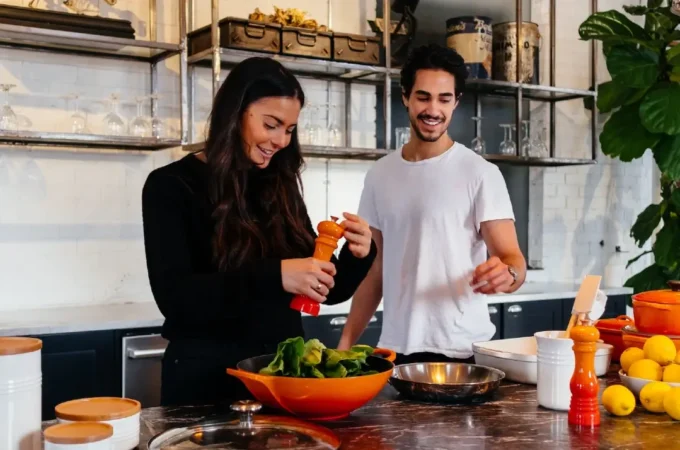

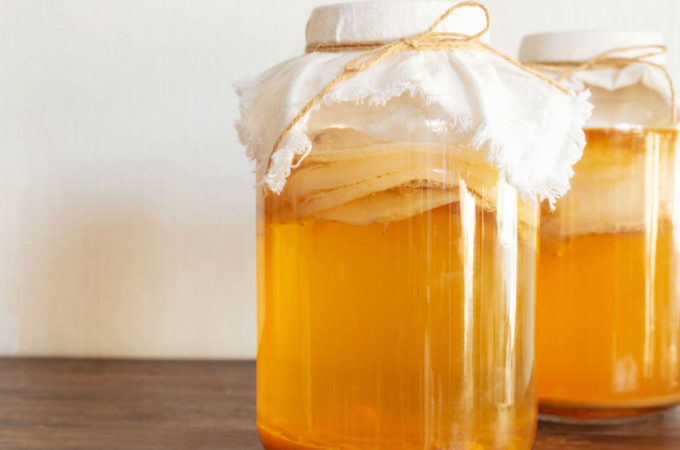
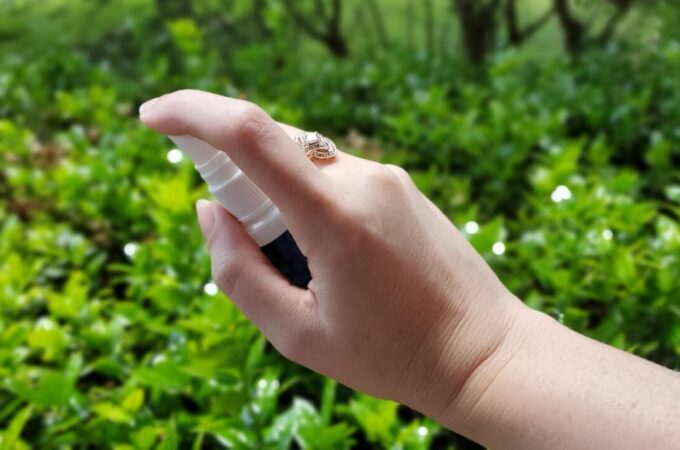
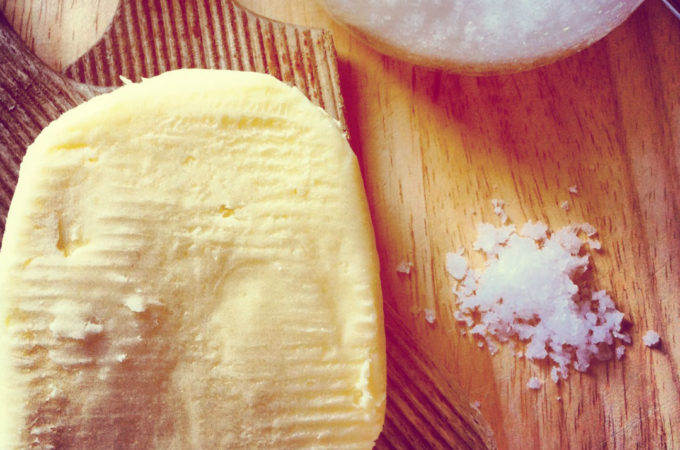
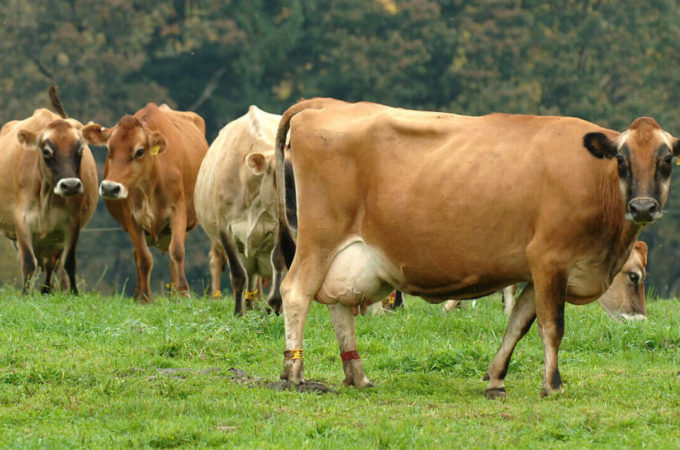
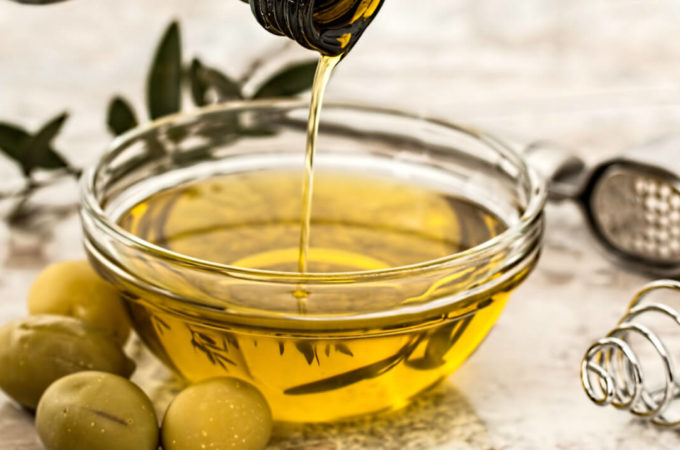
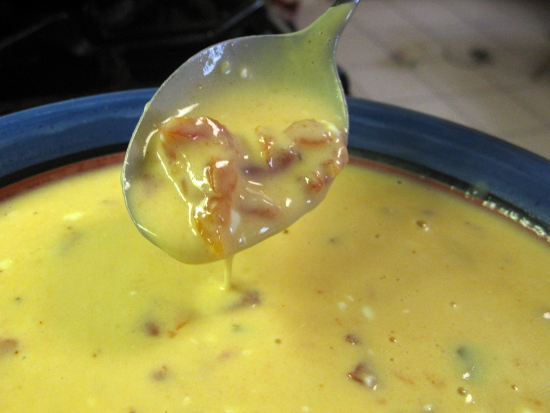
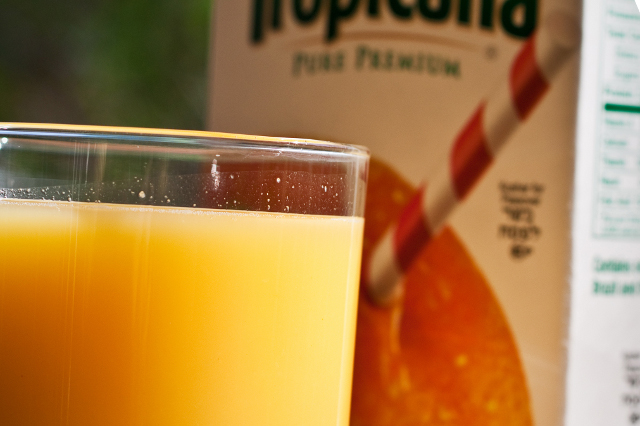
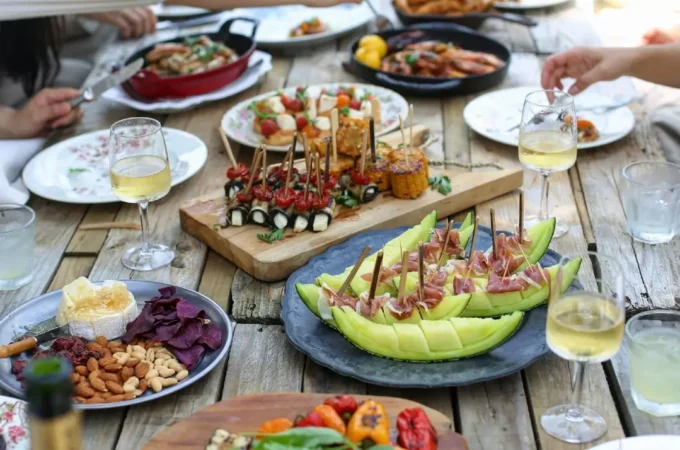
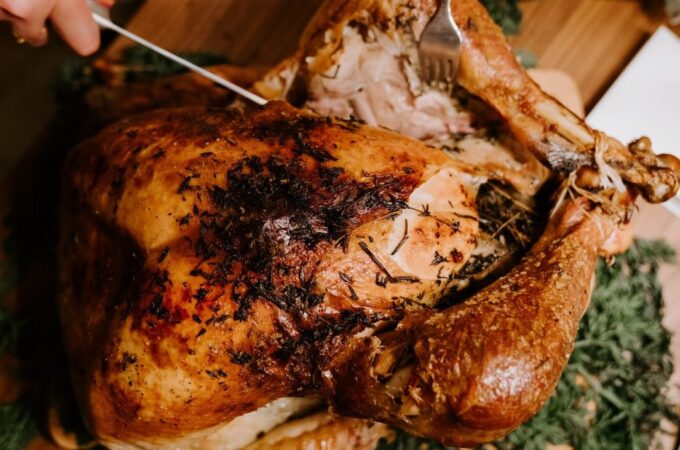

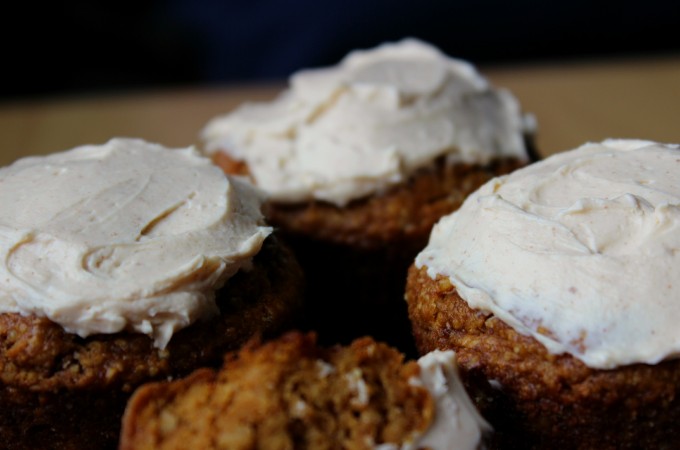
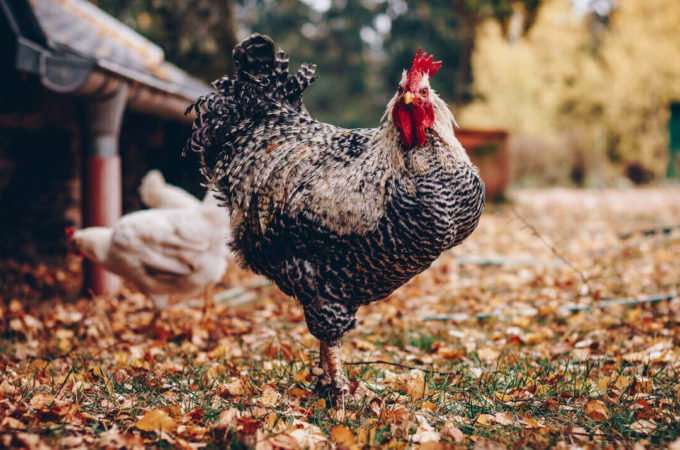
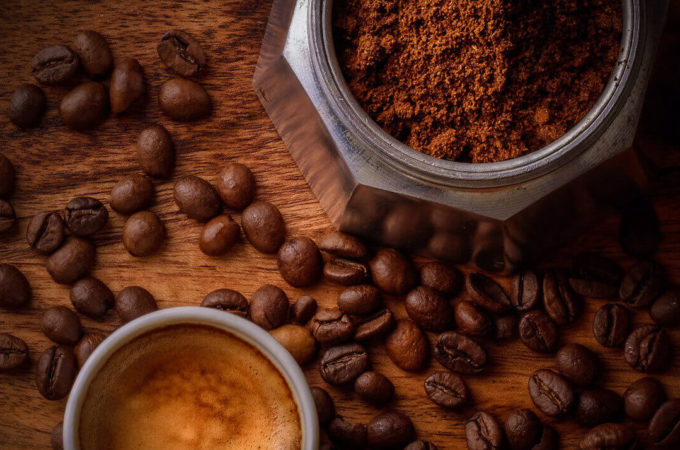
Not sure, Jenny might go over this in her class, but just an FYI: I called Body Ecology and asked them about their “dairy free” starter cultures, because a family member has a severe dairy allergy (including to whey). I was told that they do not recommend even their dairy-free starters for those who have such severe allergies, as their cultures began in a dairy base. Just mentioning this since one of the above questions was about whey. Thanks.
Great answers! I would have one caveat, though — not ALL fermentation is lacto-fermentation. The other kind, the one most people have heard of, is alcoholic fermentation, accomplished with yeast. Yes, beer and wine often have a little lacto-fermentation going on the side, but their main activity is yeast fermentation, producing alcohol.
I wish I could afford this ecourse … >sigh< I don't even know if I can treat myself to a single lesson right now.
If you make lacto fermented sauerkraut (or other veggie) can you store them in vacuum storage bags (like using a food saver) once the sauerkraut is finished in the crock? Once vacuumed bagged, would it be shelf stable, or would you need to store in the refrigerator or freezer? Just wondering as I thought this would be great way to store it w/o having to heat it like canning. Also, you can purchase the things for the food saver that vacuum seals jars, would this work to make it shelf stable? Just wondering as I saw on Cultures for Health that the are selling raw lacto-fermented veggies that are vacuum sealed in bags and wondered if this would work for the home kitchen. I have a lot more room to store it in cabinets than in my refrigerator.
I recently made some pickled cauliflower (in the usual way with vinegar, sugar and spices) I want to mix them in with my cultured vegetables to achieve a sweet and sour flavor. Will the vinegar kill the beneficial bacteria in the cultured vegies?
i need to find out if I can open my mason jar with live sauerkraut because the jar is now full to the top…no air space and its only been 4 days. I am afraid they will explode? Can i open and pour out some brine? Do I have to throw away?
Thanks.
In starting a batch of pickles (cucumbers) I followed the general veggie fermentation rule of adding approx. 1 Tblspn of salt per quart of water and only later discovered that most pickle recipes call for much more salt than for other vegetables. I did, however, use a small amount of Caldwell’s vegetable starter along with the salt, about a third of the amount recommended on the package.
It’s been a week and the pickles look just fine, they are cloudy with no mold on top, and it is producing a few bubbles, but I am still concerned about spoilage because I intend to leave them for another week to ten days.
My question: Can I sprinkle another, say, half Tblspn of salt over the top of each quart at this point to add a little more insurance against spoilage, or will that disrupt the ferment in some way?
I have always canned our food from our garden. The storage is easy.
I want to start fermenting the food but am worried about storing it for use until the next years crop.
If I keep the oxygen out of the jars will that insure the food will be safe till next years crop?
Thank you
Can I use a colored material to wrap around my weight for my kraut
Hi Jenny!
If I buy an organic, artisan, cold-processed sauer kraut (that says on label “unpasteurized”) at the natural foods store can I possible get it to restart its fermenting again?
Specifically, what would happen if I bring it home and do not refrigerate it, but rather let it sit out for 24-36 hours and then add brine to fully immerse it and wait.
Would it begin to ferment again and could I grow a higher count “live” culture in this supposed cold-processed, store-bought “raw” kraut?
I used a starter culture AND salt to make fermented veggies – mostly cabbage. It should have been ready in about 6 days according to the instructions. It.s been almost two weeks and no evidence of fermentation have appeared. I tasted it and it’s not sour and it’s not the least bit bubbly. The veggies have not started to mold.. They are barely covered with the brine but they are covered. I followed the recipe but there was too much cabbage so the amount of brine used so didn’t cover it all. I then made a little more brine and add that so that it was just covered. Any ides about what I may have done wrong.? Can it be salvaged? If so, how?